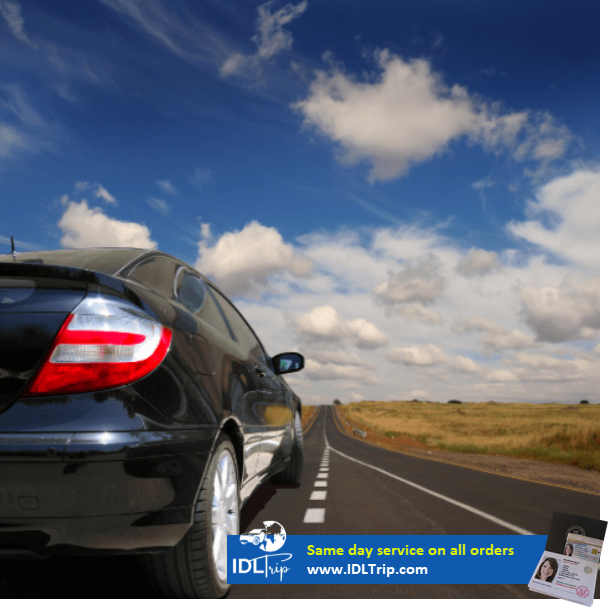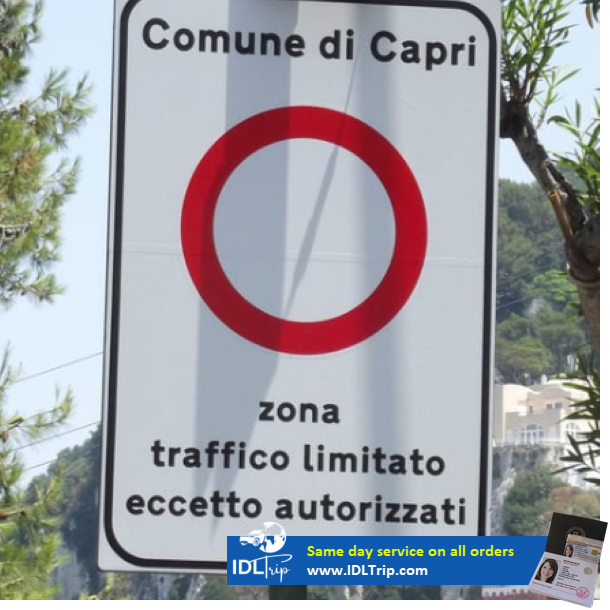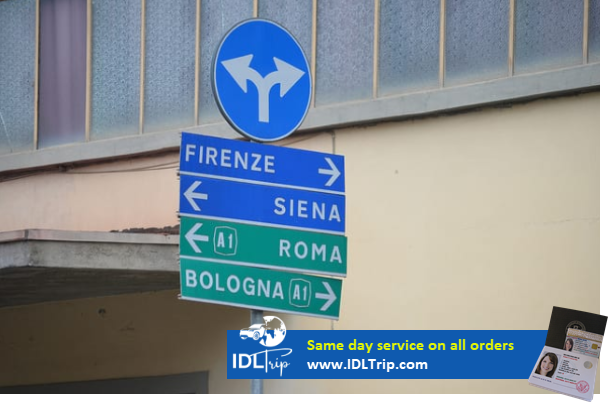Italy. Driving Tips
Are you looking to explore Italy while enjoying the freedom of the open road? If so, there are a few important requirements you’ll need to know before hitting the highway. Even though getting around can be daunting with foreign driving laws and navigating in a new area, having an international driver's license will ensure that everything goes as planned during your stay in Italy! Keep reading for some helpful travel advice on what you'll need to hit the road safely and legally! Driving in Italy is not for the unadventurous. While most forgo driving in the cities and rely on public transportation, driving is the main way to access and explore remote areas and small towns and is most often the only way to take in the beauty of the Italian countryside.
Driving Requirements
If you're a foreign tourist looking to explore all that Italy has to offer, it's vital that you understand the requirements you'll need to meet to drive legally on the country's roads. First and foremost, you'll need an international driving license to operate a vehicle in Italy if you don't already hold a European Union or Swiss license. Additionally, you'll need to carry appropriate insurance documentation and vehicle registration papers at all times while on the road. As you navigate the historic streets and winding countryside roads, you'll also need to be mindful of Italy's strict driving laws, including speed limits, road signs, and traffic signals. With proper preparation and an understanding of Italy's driving requirements, you'll be able to confidently and safely explore this beautiful country at your leisure.
The legal driving age in Italy is 18 years old, but you must have had your license for at least a year to rent a car, and many car rental companies will charge you an extra fee if you’re under 25.
What to know when renting a car
You can wait until getting Italy to rent a car. But you’ll get a better price, and more options, if you book before your trip; it’s often easiest online, although you can also book by phone. Most rental cars can be reserved online or by phone with major international chains or smaller companies.
Insurance may not be included with plans depending on the company, but it can always be added for an extra charge. Consider renting a car for a longer period for a more convenient rate (usually half the price of the daily rate) and factor the rising cost of gasoline into your budget!
Checklist for Driving in Italy
Driver's license (required)
IDP (recommended)
Proof of liability insurance (required)
ID/passport (required)
Reflective safety vest (required to have in car)
Reflective triangle (required to have in car)
Spare tire (recommended)
Fire extinguisher (recommended)
Technically, you need an international driving permit.
When you rent a car, you probably won’t be asked for it. But if you’re stopped? You might be. Or you might not. Really, there’s no knowing. But technically, you’re supposed to have it (along with your normal license) when you drive, and it’s easy to get; applications are open through the AAA website, and permits are valid for one year.
Rules of the Road
When traveling to Italy, it's important to understand the traffic signs and speed limits in order to have a smooth driving experience. One big difference between Italy and other countries is the use of roundabouts instead of intersections, so it's important to know how to navigate them. It's also worth noting that the speed limit on highways is 130 km/h, but on small roads it can be as low as 30 km/h, so be aware of the signs! Additionally, Italy has a strict zero tolerance policy for drinking and driving, so it's important to stay sober behind the wheel. Knowing the traffic signs and speed limits will not only keep you safe, but also ensure a stress-free journey on Italian roads.
Italians drive on the right side of the road, just like Americans. That may seem basic, but you’d be surprised how many people don’t know.
- Seatbelts: According to Italian law, any time you ride in a vehicle that has seat belts, it is compulsory to wear them.
- Children and car seats: Children who are under 36 kilograms (97 pounds) or 150 centimeters (4 feet, 9 inches) must use appropriate car seats or booster seats and must ride in the back of the car.
- Distracted driving: You cannot text or talk and drive while holding a phone.
- Alcohol: A blood-alcohol level of more than 0.05 percent is considered legally intoxicated in Italy. Drivers with a level of 0.05 to 0.08 face fines, up to one month in jail, and a community service requirement.
- Traffic lights: In Italy, it is illegal to make a right turn on a red light even if you stop first. Italy has a three-light system like in the U.S., although there are not many traffic lights.
- School buses: You must stop when a school bus is stopped and unloading and loading passengers.
- Right of way: Yield to traffic on the right when you are at a junction or crossroads. In reality, drivers will not wait for you to proceed if you are hesitant.
- Parking: When parking on an urban street, park on the right-hand side. In marked "blue zone" areas, you must display a parking disc, valid for one hour, which can be obtained in tourist offices.
- Headlights: Even on sunny days, the law requires you to drive with your headlights on outside of urban areas. Always drive with your headlights on while on the autostrada.
- All Italian roads – from city streets to highways—have speed limits, usually indicated by a white and red circle with the number (by kilometers, NOT MILES, per hour) written in the center.
Driving on Sundays
Sunday is a good day for long-distance driving on the autostrada because trucks are prohibited on Sundays. Be aware that in summer, coast roads become very congested, especially on Sundays. Roads around the northern lakes are often congested on weekends, too.
Traveling in Italy with an international driver's license can seem intimidating, however it does not have to be. To drive safely and legally in Italy one should make sure they bring the right paperwork, familiarize themselves with local speed limits and traffic signs, pay attention to parking restrictions, avoid driving in the ZTL (limited traffic zone) as well as what to do in case of a car accident. With these key tips and requirements for granted, you are now able to comfortably and safely enjoy your Italian adventure. Keep in mind that learning the tips on this workflow is the best way to travel in Italy with an international driver's license (www.idltrip.com) ! So take advantage of this knowledge you now have and get out there now - start planning your next Italian road trip today!



